
Research Into The Benefits of Babywearing
When you're working every day designing and making baby wraps it's great to take time out to be reminded of the difference that baby wearing can make for babies, their parents and carers. After attending this two day conference and hearing about the growing evidence base demonstrating the benefits of baby wearing we returned with a renewed enthusiasm for the work we do. Here's a brief foray into some of the things we learned.
Professor Reinhard Graf, an Orthopaedic Consultant from Austria was first up. Ebullient in his bow tie, he talked passionately about hip development of newborn babies and what can cause developmental dislocation of the hips, otherwise known as hip dysplasia.
Many communities swaddle babies tightly from birth so the baby can be kept warm and safe, as well as easily transported over long distances and difficult terrain. Unfortunately tightly swaddling babies and wrapping them on carrier boards can lead to developmental dislocation of the hips. Essentially, it's not healthy for babies to be forced into extending their legs for long periods of time; they need to be carried in a more natural position, with their knees tucked up. Reinhard told us that where communities had moved away from tight swaddling, to allow the baby to be carried with bent legs then the incidence of hip dysplasia reduced dramatically. Baby wearing, where the baby is correctly positioned to support flexion of the hips, can help both in preventing and addressing developmental dislocation of the hips.
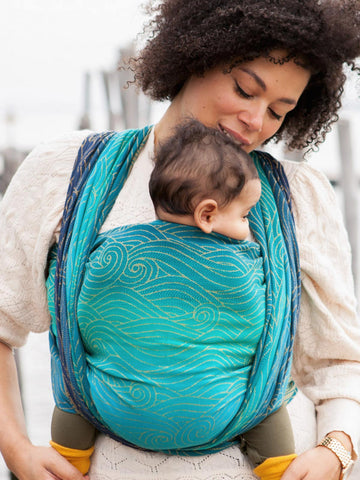
Both with animals and humans the baby naturally clings onto the parent with their legs bent and apart and so resting on the mother's hip. Dr Evelin Kirkillonis talked of three different sub-categories of mammals differentiating between altricial such as cats and rats which need care and attention after birth for a period of time, precocial such as horses, elephants which are born, licked clean, nudged to stand up and off they go to find some food and finally the parent-clinging. Human babies, like apes and kangaroos, are 'clinging young' as Evelin called it, and need the closeness to the mother/parents for secure attachment as well as for food and safety.
Touch between parent and child, another key aspect of wrapping, also helps the production of oxytocin. This really does seem to be the wonder hormone, stimulating good cell growth, inhibiting cancer growing cells and killing cells that are not functional. It's produced everywhere in the body; heart, cells, gastrointestinal tract, skin, brain leading to a connective web, all influencing one another as Professor Kerstin Unvas-Moberg, who has published a number of books on oxytocin, told us.
As well as being key in the production of breast milk, when oxytocin is released it reduces anxiety, blood pressure, heart rate, pain and leads to weight loss in men. It increases social interaction, curiosity, growth and restoration, wound healing and weight gain in women (oh well, nothing's perfect).
Skin to skin contact is key in the release of oxytocin and creating attachment between parents and baby. So it's critical that parents have the opportunity to touch as soon as possible after the baby's born, and of course baby wearing creates close up touch between child and parent.

The importance of skin to skin was also the theme of the presentation given by Tina Hoffmann. She talked movingly of a project, which Didymos were involved in, to design a wrap for carrying premature babies. This was a subject close to our hearts as Zoe's twins were premature. It certainly would have been great to have the enlightened team of midwife and consultant, whom Tina worked with around instead of the general ignorance of and resistance to kangaroo care we encountered. However, things have moved on in six years and there is more awareness of the benefits of kangaroo care now.
The wraps Didymos designed hold the baby securely against the parent so they can relax and even lie back and drift off without fear of baby slipping. They are soft yet stretchy allowing easy access for the nurses in case they need to quickly remove the baby and are simple, so tubes won't get entangled. Tina said they found fathers initially reluctant to wear their babies but having been persuaded once they were invariably keen to continue.
In between workshops, we enjoyed catching up with babywearing consultants and healthcare professions attending the conference and hanging out with our friends at Connecta, as well as meeting people from other wrap companies. We, somehow, still found time to explore the beautiful old town centre in Antwerp, window shop for jewellery and stock up on Belgian chocolate.
All in all, it was a great two days and we'd like to thank the conference organisers for a seamless event and all the speakers, most of whom were presenting in English, which was not their first language – much respect.
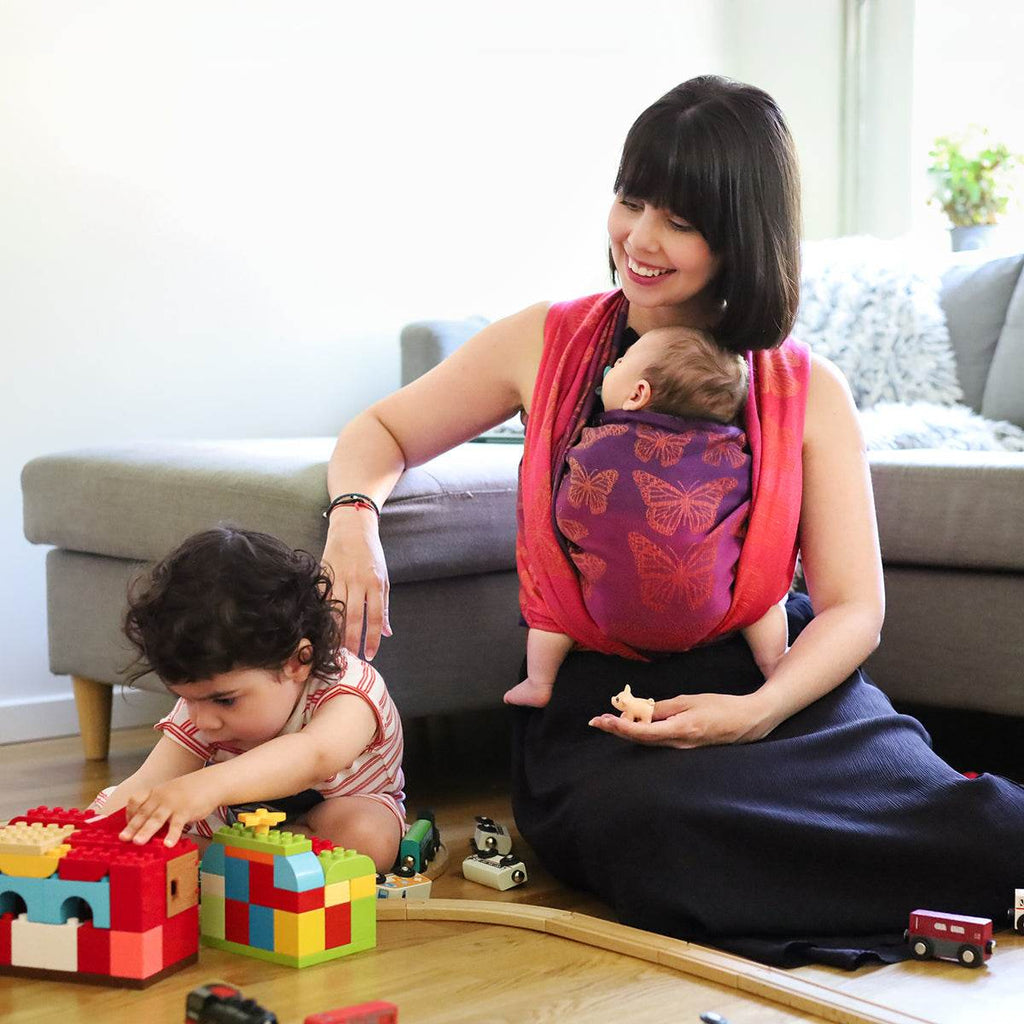
Best Baby Carrier For Newborns 2025
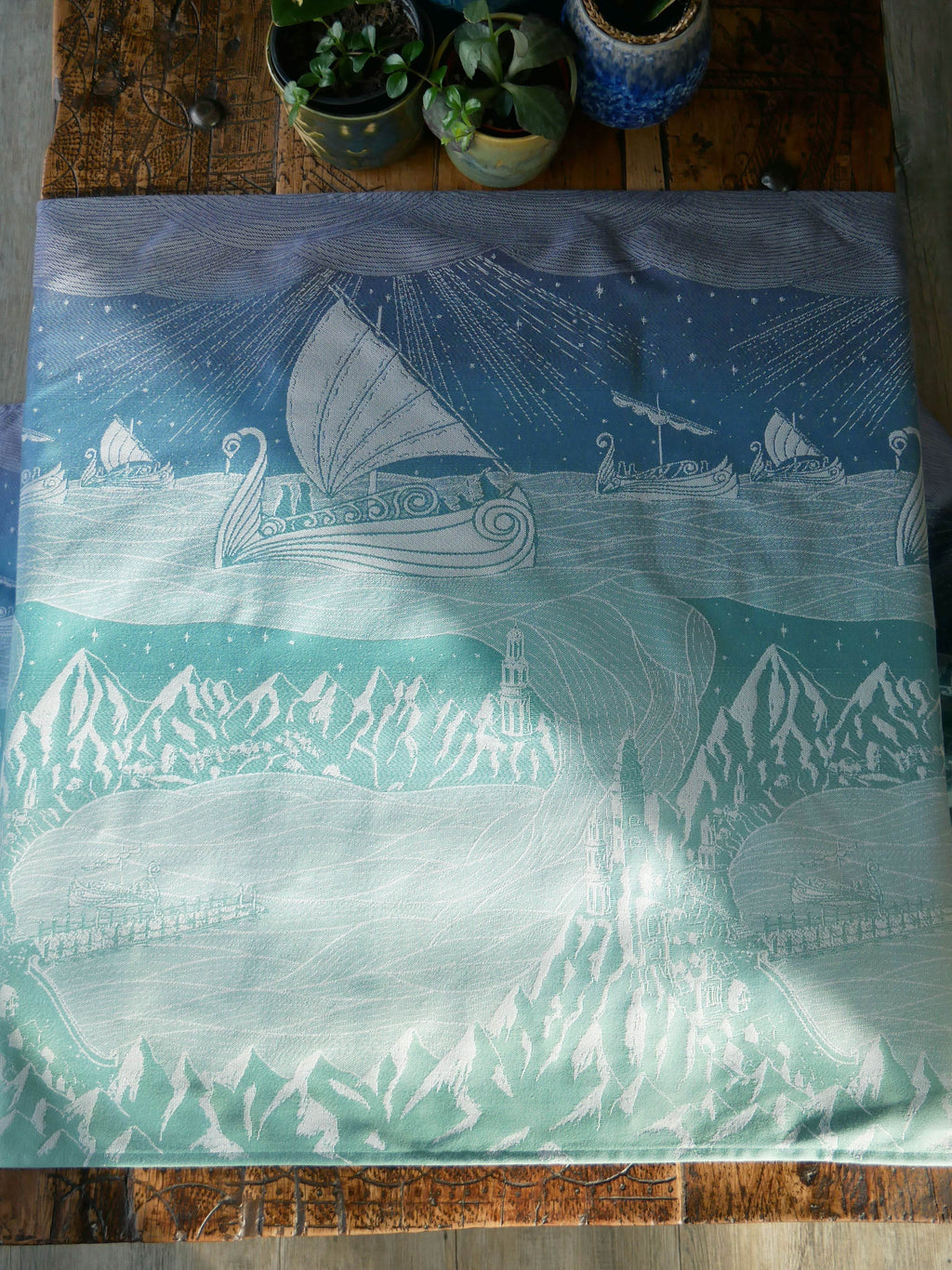
Grey Havens: Oscha Lord of the Rings Design Development
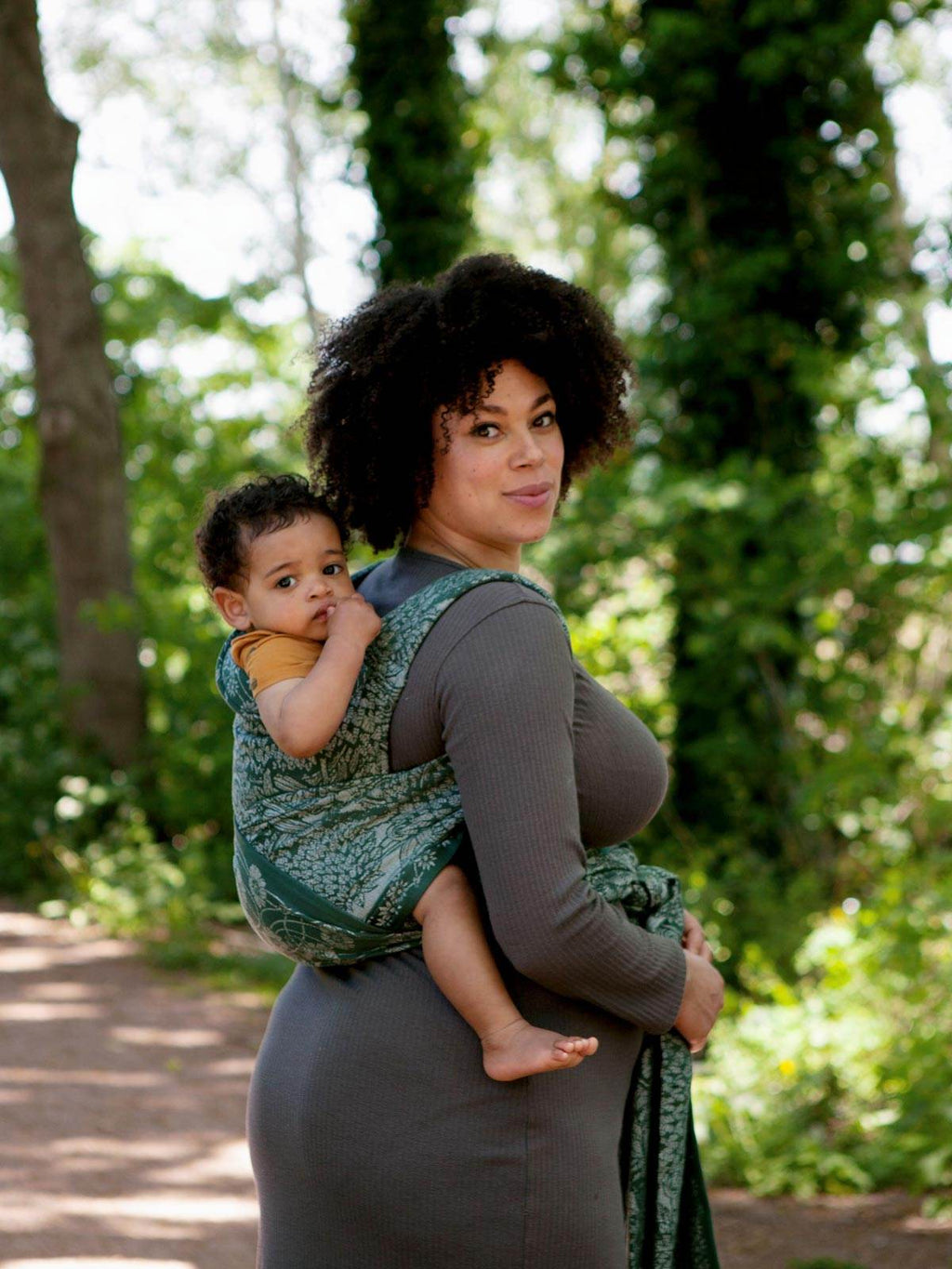
Can Baby Carriers Cause Back Pain?

I am a qualified babywearing consultant who has enjoyed working for Oscha Slings since 2013, I love introducing families to our slings and the (beauty) and benefits they provide. I have a son and loved carrying him in my Oscha's.
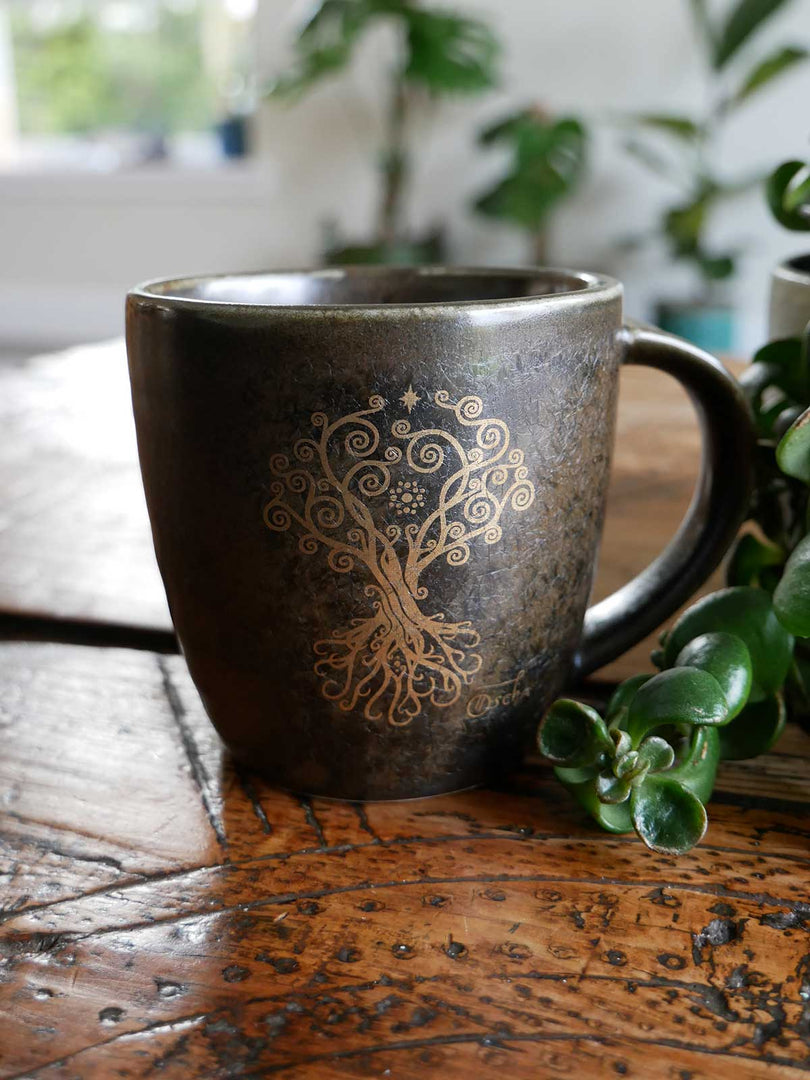

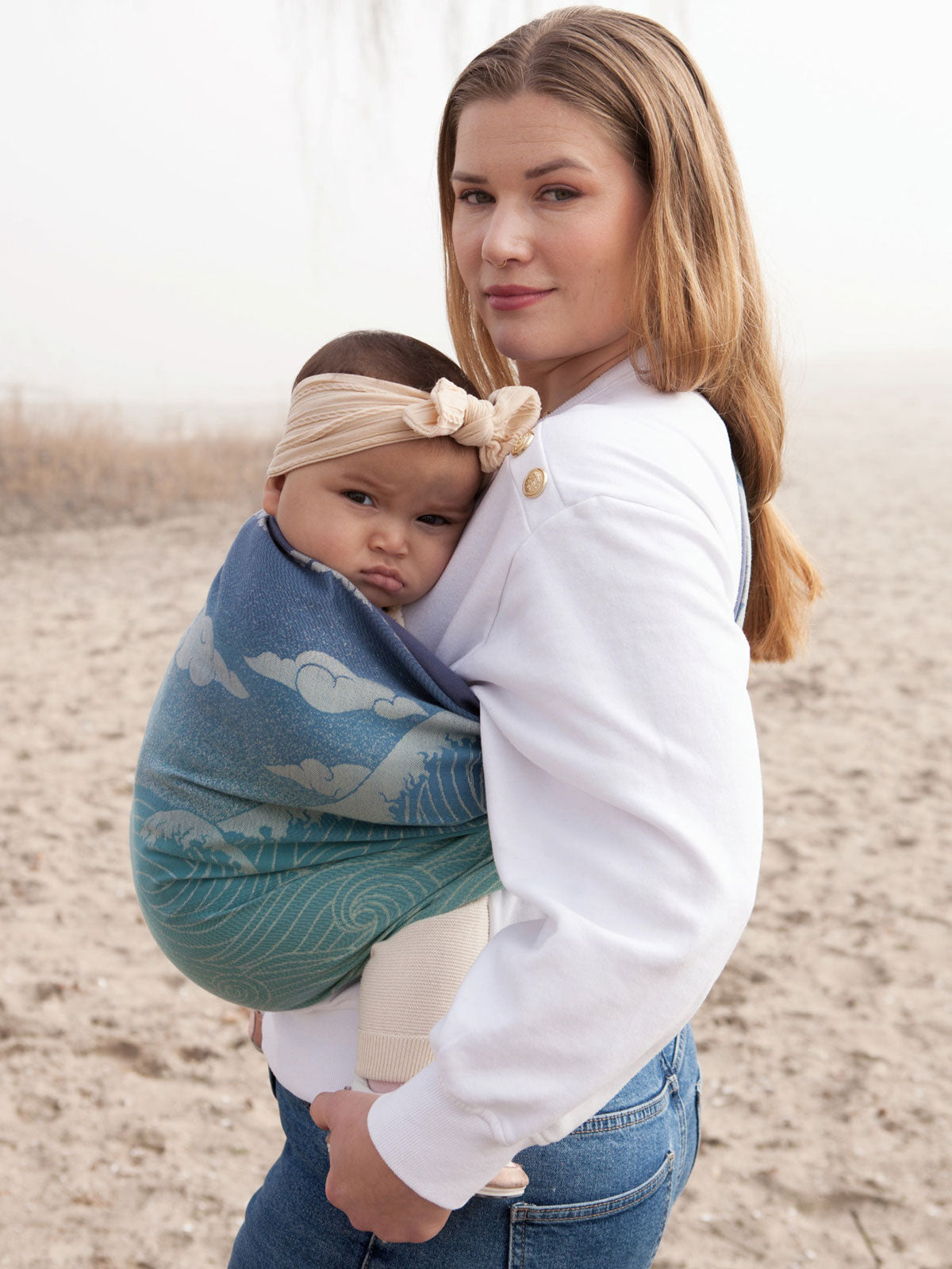
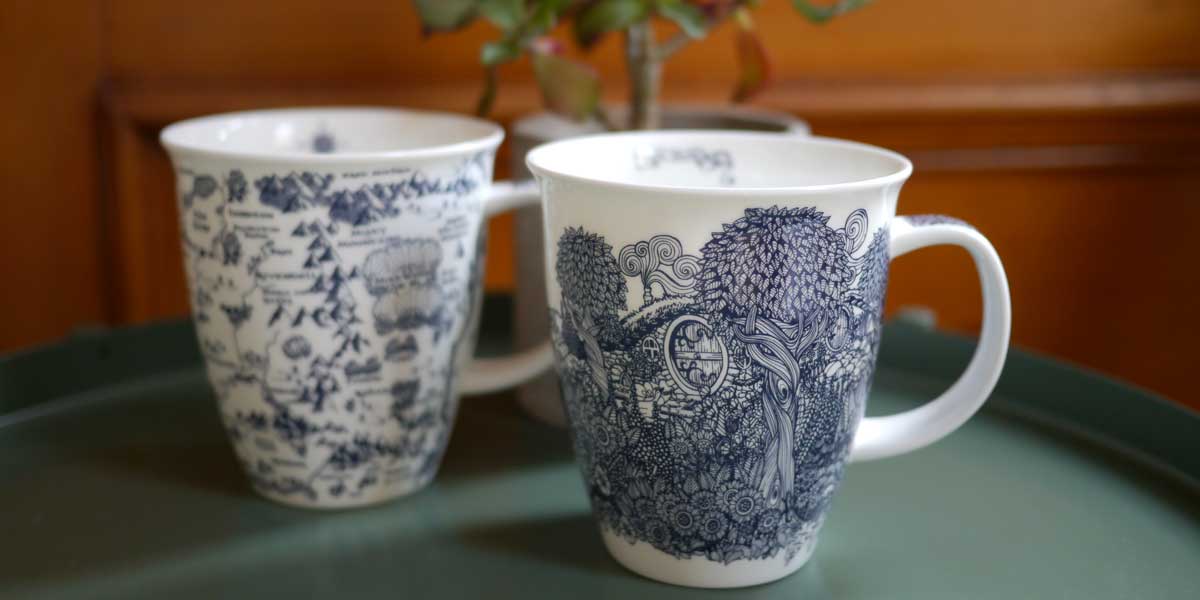
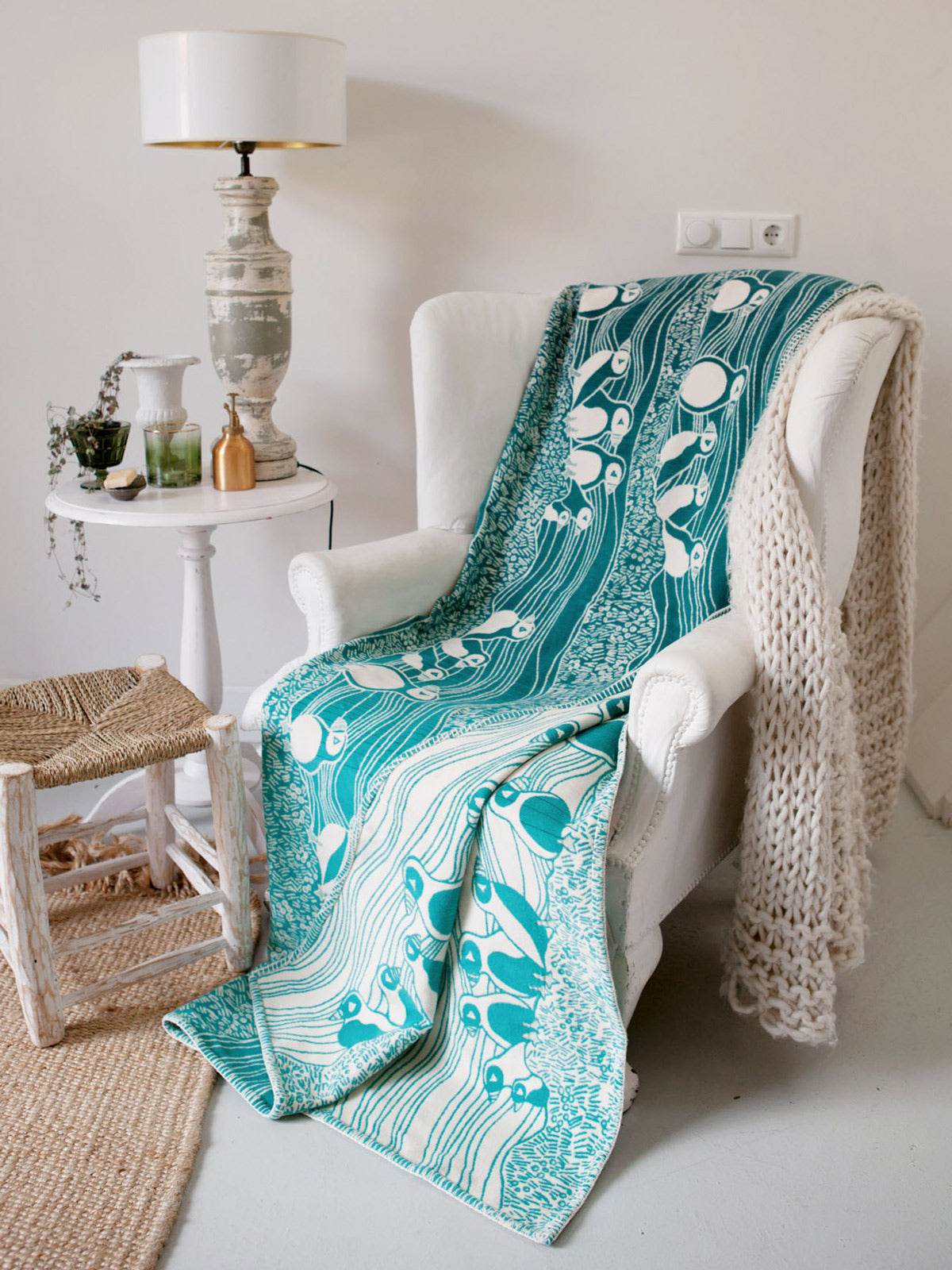
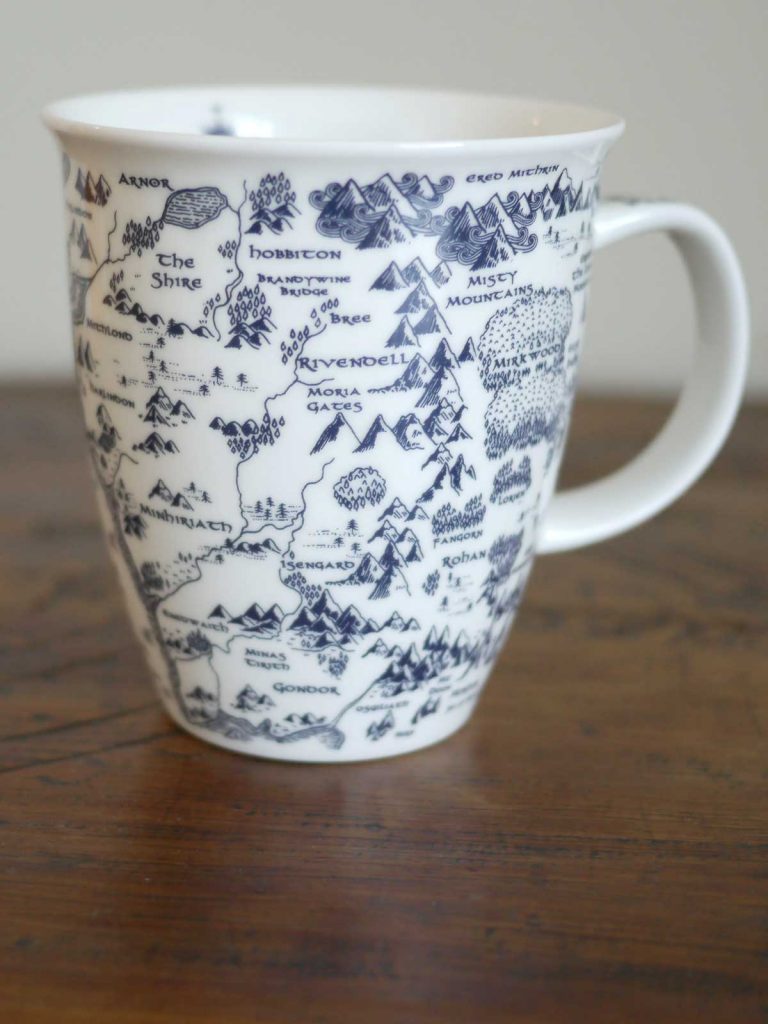

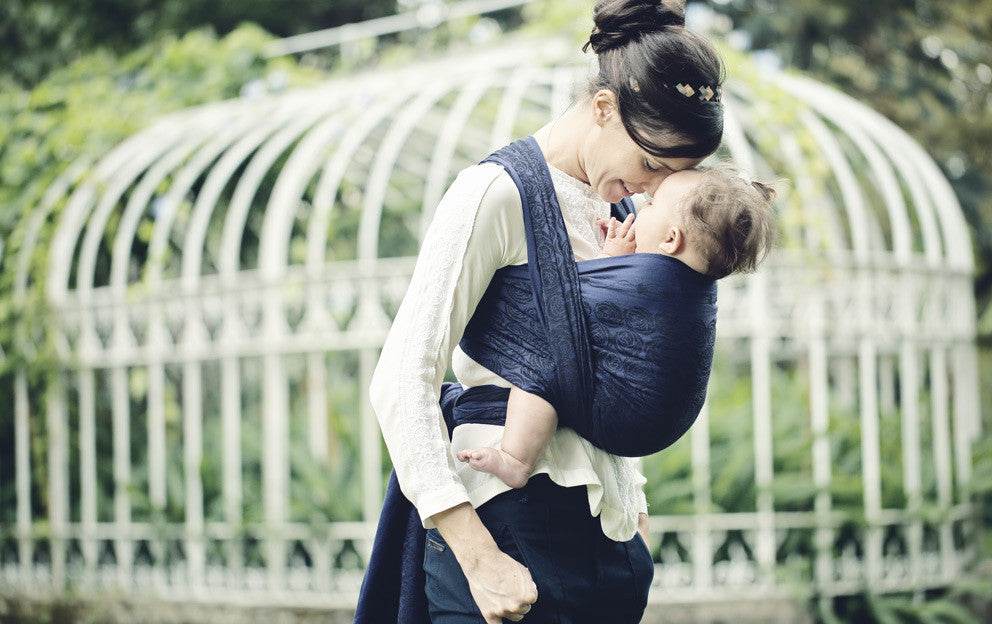
 https://oschaslings.com
https://oschaslings.com